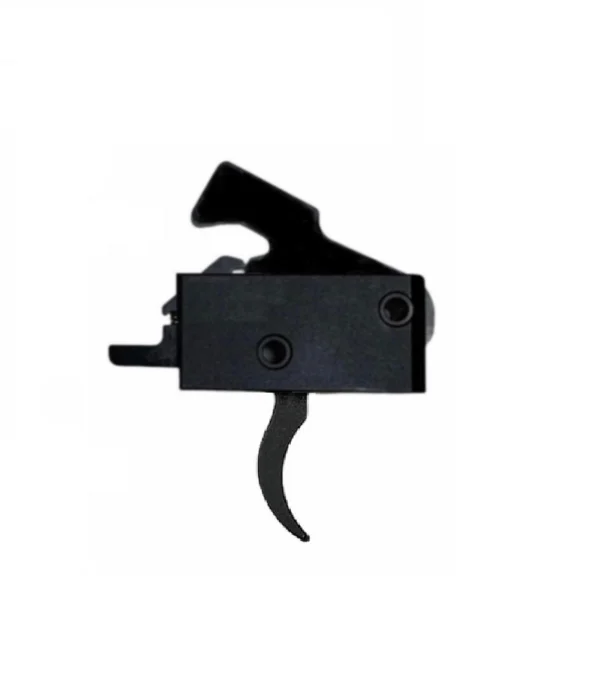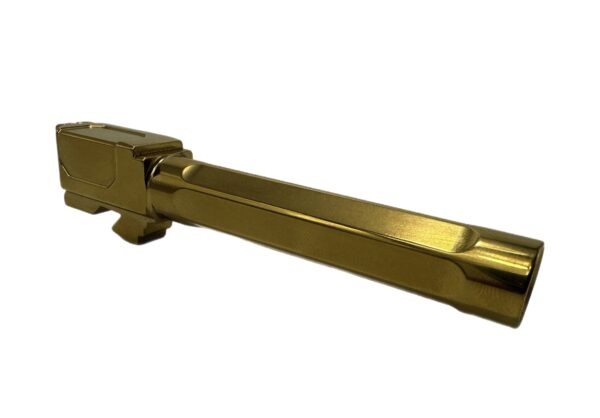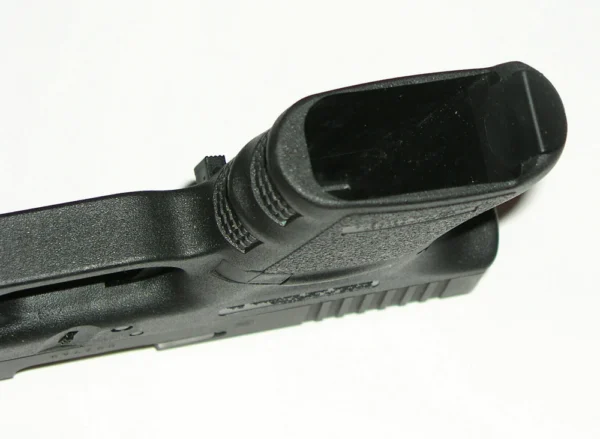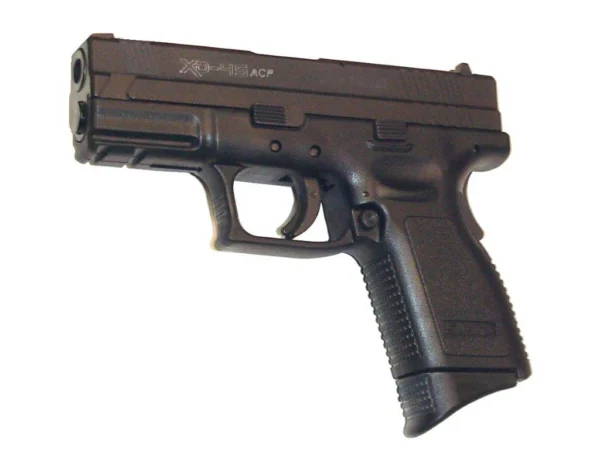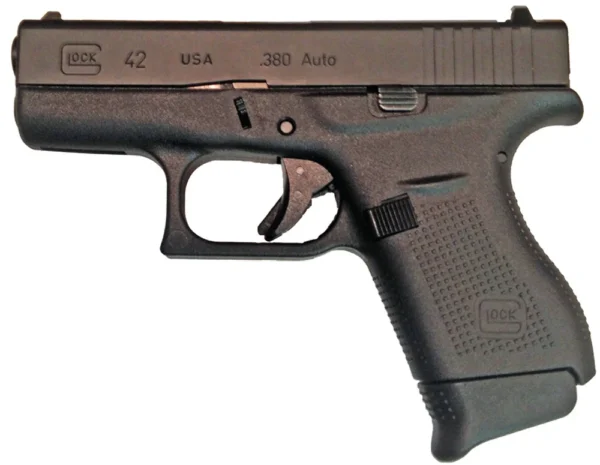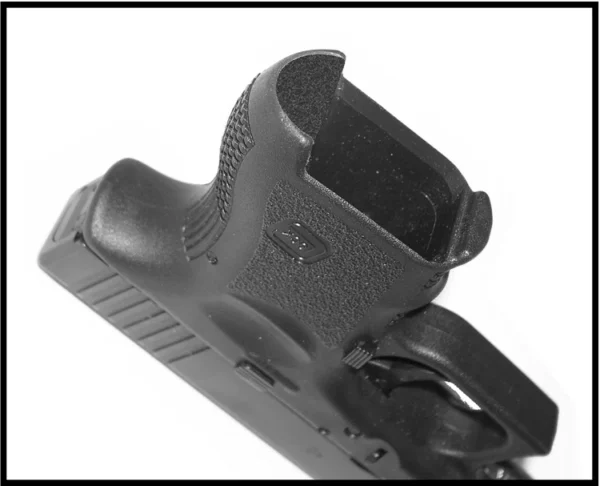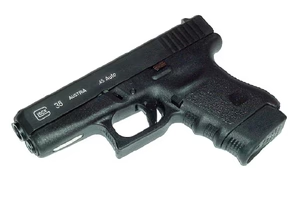AR15 Drop in Triggers
AR15 Drop in Triggers
Understanding Aftermarket Triggers: What Are They and Why Do You Need One?
In an AR-15 rifle, there are several key components that make the firearm functional and effective, including the bolt carrier group, upper receiver, and handguard. However, the one component that directly connects you to the rifle is the trigger. This small yet crucial part plays a pivotal role in every shot you take. Whether you’re using an AR-15, a larger AR-10, or a 9mm carbine, the trigger’s design and functionality have a significant impact on your shooting experience, from speed to accuracy.
When we talk about aftermarket triggers, we’re referring to triggers designed and built after the original AR trigger system—an innovation by Eugene Stoner. The “mil-spec” trigger, found in military-issue M16 and M4 rifles, was designed to be rugged and reliable, but not necessarily optimized for performance. As civilian use of AR-style rifles grew, it became clear that shooters needed a variety of triggers to meet their specific needs. This is where aftermarket triggers come into play.
Aftermarket triggers offer performance enhancements over the standard military trigger, ranging from single-stage to two-stage designs, and from lightweight to heavier pulls, depending on the intended use of the rifle. These triggers are available in both drop-in and multi-piece setups, and they cater to different shooter preferences and performance goals.
Types of Triggers for the AR-15: What’s Available?
When shopping for an aftermarket trigger, it’s essential to understand the different types. Here’s a rundown of the most common options.
Mil-Spec Triggers
The military standard, or “mil-spec” trigger, is the original design used in many M16 and M4 rifles. Known for its simplicity, the mil-spec trigger is made up of basic parts: a trigger, hammer, disconnector, and springs. Though it’s reliable, the mil-spec trigger often gets criticized for being gritty, heavy, and lacking the refinement of a custom trigger. Its primary strength is durability—designed to withstand combat conditions. However, when it comes to performance or precision shooting, the mil-spec design falls short of the standards that many shooters expect from their rifles today.
Standard Triggers (Non-Drop-In)
While the mil-spec trigger is the basic standard, there are also upgraded “standard” triggers that offer improvements over the mil-spec design. These upgraded triggers might feature smoother surfaces, lighter pulls, or different spring configurations. They maintain the traditional, multi-piece design, meaning each component is individually installed and requires more attention during installation. But with these upgrades, shooters often experience improved consistency and lighter pull weights, making them a solid option for those who want more precision without going all in on a drop-in design.
Drop-In Triggers
One of the most popular choices among AR-15 owners is the “drop-in” trigger. Companies like Aim Arms offer drop-in units that come pre-assembled and ready to install into the lower receiver. These triggers include all necessary components (trigger, hammer, disconnector, springs) enclosed in a single housing. This makes installation quick and easy, as you simply drop the unit into place and secure it with trigger pins. Drop-in triggers are an excellent choice for those who want a hassle-free installation without having to assemble individual pieces.
Match-Grade Triggers
A term often used for premium triggers, “match-grade” refers to triggers that are finely tuned for precision and performance. Match-grade triggers are typically lighter, offer shorter resets, and provide a smoother break. These triggers are ideal for competitive shooting or any situation where accuracy is paramount. They are typically more expensive than standard or mil-spec triggers, but they offer a significant performance boost in terms of consistency and smoothness.
Single-Stage Triggers
The single-stage trigger is one of the most common types found in AR-15s, especially in mil-spec configurations. In a single-stage system, there’s no clear distinction between the stages of pull—once you apply pressure, the shot will break as soon as the sear clears the hammer. The primary advantage of a single-stage trigger is its simplicity and quick, direct response. It’s often favored in competitive shooting scenarios where speed is essential.
Typically, single-stage triggers in AR-15s have pull weights ranging from 5.5 to 8.5 pounds, though lighter variants exist. While they are easy to use and effective for most shooters, the lack of a secondary “stage” can sometimes be a drawback, as shooters may not have the fine-tuned control that a two-stage design can offer.
Two-Stage Triggers
Two-stage triggers, by contrast, provide more control over when the shot is fired. With a two-stage trigger, the first stage involves a longer, lighter pull, followed by a more defined, crisp second stage where the shot breaks. The primary benefit of this design is the ability to “stage” the shot—allowing the shooter to apply pressure and prepare for the final shot with less movement and more control over the timing. This can be particularly useful in long-range shooting or precision applications.
The main downside of two-stage triggers is that they can sometimes feel slower for fast-paced shooting, especially in competitive environments where follow-up shots are necessary. Nonetheless, for accuracy-focused shooters, the two-stage design is a great choice for improved control and shot consistency.
The Mechanics of a Drop-In Trigger
So, how does a drop-in trigger work? In a drop-in system, the individual components are housed in a single unit, which means you don’t need to assemble the trigger yourself. Once the housing is positioned in the lower receiver, you simply secure it with pins, and the unit is ready for use. The main advantage here is ease of installation—there’s no need to worry about placing springs or carefully aligning pieces. The trigger is self-contained and drop-in ready.
Internally, the drop-in trigger follows the same basic principles as a traditional AR-15 trigger. The main difference lies in the housing that holds everything together and keeps the parts aligned. This allows for easier setup while providing a smoother, more consistent trigger pull than many stock triggers.
Trigger Wear and Longevity
Over time, your drop-in trigger may experience some wear. The repeated friction between the trigger and hammer sear surfaces can lead to slight polishing, which often results in a smoother, lighter pull. However, this wear generally does not affect safety or reliability. As long as the trigger is properly maintained and cleaned, it will continue to function effectively.
Maintaining Your Drop-In Trigger
Maintaining a drop-in AR trigger is relatively simple. Since the parts are enclosed in a housing, there’s less chance of debris interfering with the trigger mechanism compared to a multi-piece trigger. However, regular cleaning is still essential. After every few hundred rounds, it’s a good idea to remove carbon buildup, especially around the sear and trigger surfaces. You can clean the trigger using compressed air and lubricate the components lightly with oil or grease to ensure smooth operation.
Additionally, it’s wise to check the pins and housing screws regularly to make sure everything is tightly secured. Over time, the pins can loosen, which might cause the trigger to function improperly.
Why Upgrade to an Aftermarket Trigger?
The main benefit of upgrading to an aftermarket trigger is improving the consistency, feel, and performance of your rifle. A high-quality aftermarket trigger can reduce the gritty feel, lighten the pull, and offer a faster reset. These factors all contribute to better accuracy and faster follow-up shots, which can make a significant difference whether you’re competing, hunting, or simply improving your shooting experience.
Whether you’re upgrading from a stock mil-spec trigger or building a custom rifle from scratch, a quality aftermarket trigger can make a noticeable difference in your shooting performance. With many options available, you can find a trigger tailored to your specific needs, whether you’re looking for precision, speed, or versatility.
How to Choose the Right Trigger for Your AR-15
Selecting the right trigger depends on how you plan to use your rifle. For those focused on long-range precision, a two-stage trigger with a light, defined second stage might be the best choice. On the other hand, competitive shooters may prefer a single-stage trigger for fast, smooth shooting with minimal travel. For a self-defense or tactical rifle, you may opt for a more robust, heavier trigger that’s less likely to be unintentionally activated under stress.
The key is understanding your own shooting style and needs, and selecting a trigger that complements those. Start with a mil-spec trigger, if you’re unsure, and then explore other options as you gain more experience with the rifle. With the right trigger, your AR-15 can perform at its best, enhancing your shooting accuracy and overall experience.
Final Thoughts on Aftermarket Triggers
Your AR-15 trigger is a critical part of the rifle’s performance, and upgrading to an aftermarket trigger can enhance your shooting experience significantly. Whether you want more precision, faster follow-ups, or just a more enjoyable shooting experience, aftermarket triggers offer numerous advantages over stock triggers. Take the time to explore your options, and choose the trigger that best suits your shooting needs and preferences.
Buy AR15 Drop-in Triggers at Aim Arms
Upgrade your AR15 with a precision-engineered drop-in trigger from Aim Arms. Our selection of AR15 triggers is designed to enhance your rifle’s performance, providing a smoother, crisper trigger pull and improving accuracy and control.
Showing the single result

